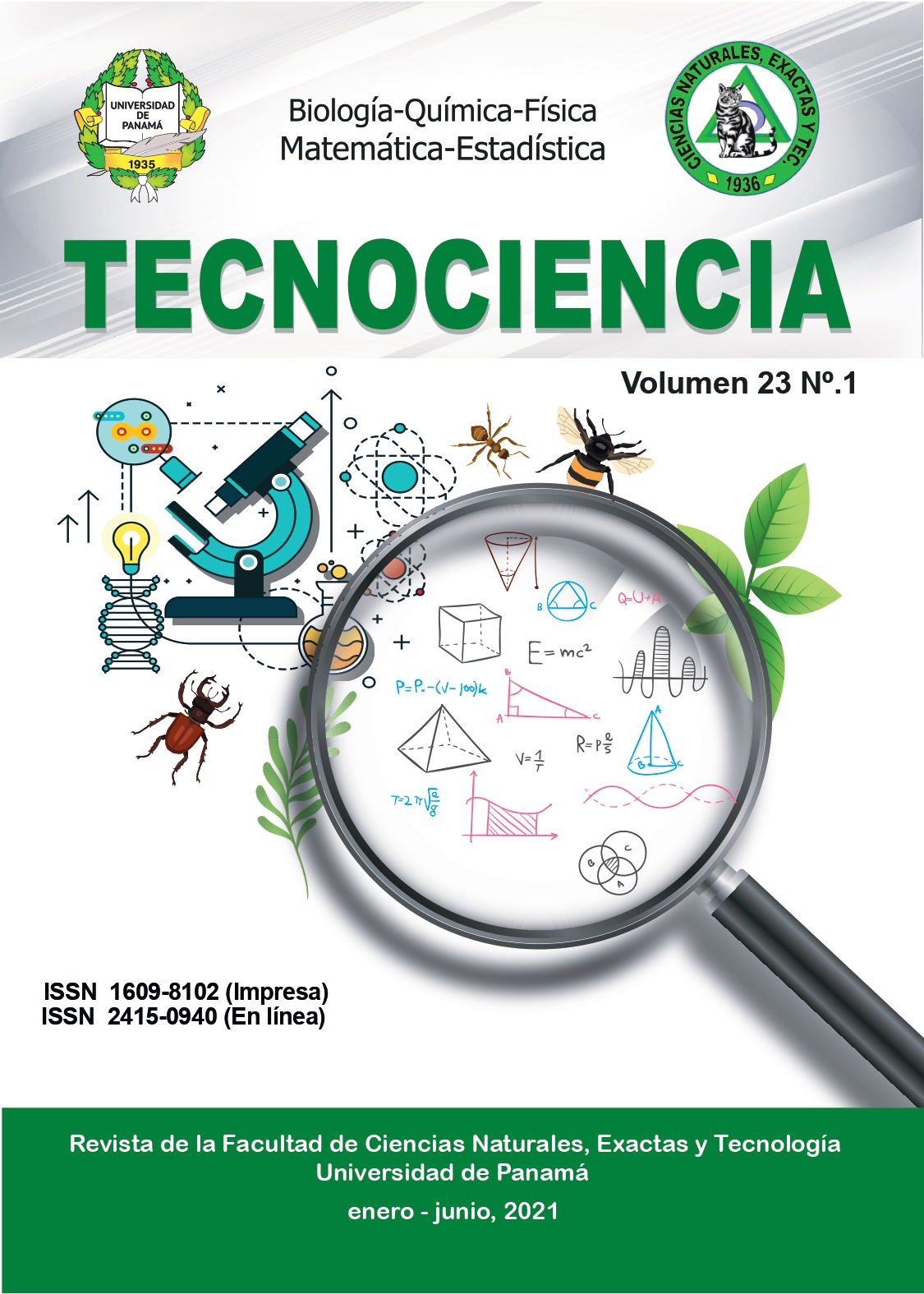

Four samples of human´s livers of approximately 150 – 200 g. were obtained from the Judicial Mortuary of Panama. The livers were used at different interval from 12, 24, 48, 72 and 96 hours of decomposition. The flies were captured during 3 hours with intervals of 10, 15 and 20 min, until the 3 hours sampling was completed. A total amount of 1 003 flies were captured, distributed in 3 families: Calliphoridae, Sarcophagide y Muscidae. To capture 11 species, the more abundant species corresponded to Chrysomya megacephala, with 464 specimens, Lucila cuprina, with 117 specimens, Lucilia sericata, with 55 specimens and Lucilia eximia, with 47 specimens. The purpose of this research was knew the colonization of human liver, exposed at different time intervals in an urban area of the province of Panama.